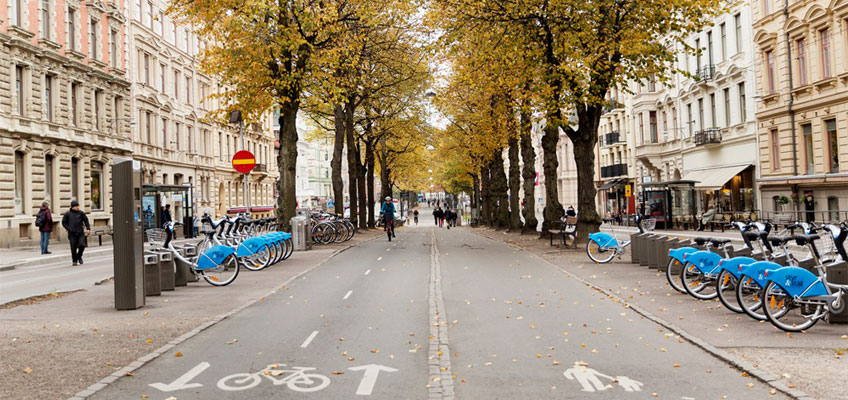New services in shared mobility

This report studies new and, to some extent, existing shared mobility services.
Full report in Swedish
These services are usually provided via some type of digital platform, and are intended to enable vehicle co-use in various ways. Such co-use, or “sharing”, can be either sequential or concurrent.
Car sharing is one example of sequential vehicle sharing, wherein a number of households take turns using a smaller number of cars. In concurrent vehicle sharing, in contrast, multiple people use the same vehicle at the same time, i.e., they “ride share”. The latter category also includes services for transporting other people’s goods in unused space in private vehicles. This trend is tied closely to the growing “sharing economy”, which is based on using resources more efficiently by exchanging, hiring, lending, co-owning, or otherwise sharing residences, vehicles, clothing, tools, and other assets.
Download:
Summery report 2016_15 New services in shared mobility.pdf
